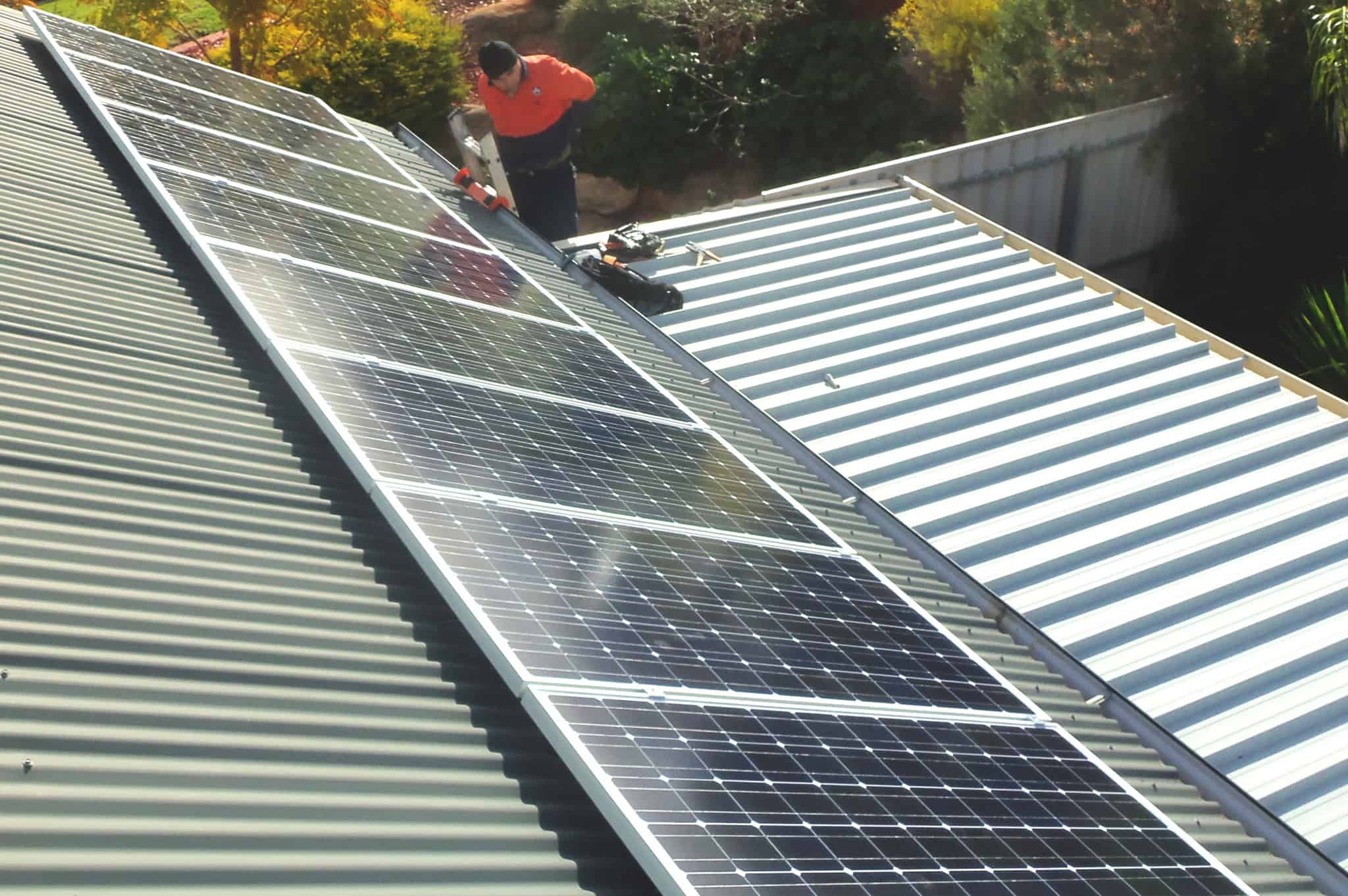Solar Panels
In an era where sustainability and renewable energy sources are at the forefront of discussions about combating climate change, solar panels have emerged as a leading solution to meet our energy needs while reducing our carbon footprint. From rooftop installations to massive solar farms, the popularity of solar panels continues to rise as advancements in technology make them more efficient and affordable than ever before.
The Rise of Solar Energy
The concept of harnessing the power of the sun to generate electricity is not a new one, but in recent years, advancements in solar panel technology have made it a viable option for both residential and commercial applications. According to the Solar Energy Industries Association, the United States installed 19.2 gigawatts of solar capacity in 2020, enough to power over 5.7 million homes.
How Solar Panels Work
Solar panels work by capturing sunlight and converting it into electricity through the use of photovoltaic cells. These cells are typically made from silicon, a semiconductor material that absorbs photons from sunlight and releases electrons, generating an electric current. This direct current (DC) is then converted into alternating current (AC) by an inverter, making it suitable for use in homes and businesses.
The Benefits of Solar Energy
The benefits of solar energy are numerous, with environmental, economic, and social advantages. By generating electricity from sunlight, solar panels produce clean energy that does not emit harmful greenhouse gases, helping to reduce our reliance on fossil fuels and combat climate change. Additionally, solar panels can significantly lower electricity bills for homeowners and businesses, providing long-term savings on energy costs.
Types of Solar Panels
There are several types of solar panels available on the market, each with its own advantages and drawbacks. Monocrystalline solar panels are known for their high efficiency and sleek appearance, making them a popular choice for residential installations. Polycrystalline solar panels are more affordable but slightly less efficient than monocrystalline panels. Thin-film solar panels are lightweight and flexible, making them ideal for unconventional installations.
Challenges and Considerations
While solar energy offers numerous benefits, there are also challenges and considerations to keep in mind when deciding to install solar panels. Factors such as location, shading, and roof orientation can impact the efficiency of a solar panel system. Additionally, upfront costs and incentives such as tax credits and rebates play a significant role in the financial feasibility of going solar.
The Future of Solar Energy
As technology continues to advance, the future of solar energy looks promising. Innovations such as solar shingles and solar windows are transforming the way we integrate solar power into our everyday lives. With the global push towards renewable energy sources, solar panels are expected to play a pivotal role in transitioning to a more sustainable energy future.
In Conclusion
In conclusion, solar panels have revolutionized the way we generate electricity, offering a clean and renewable energy source that benefits both the environment and our wallets. With the continued advancements in technology and growing support for renewable energy initiatives, solar panels are poised to play a crucial role in shaping a more sustainable future for generations to come.







